An international team of scientists in nine countries, covering 37 sites have completed a comprehensive look at the tundra ecosystem.
They were specifically looking at how Arctic warming is allowing shrubs to move northward into the tundra where previously only tiny flowers, some grasses, and lichens grew.
University of Alberta alumna Isla Myers-Smith is the lead author of the study and began her PhD research under the supervision of David Hik.
He is a professor of biological sciences, and I reached him at the University of Alberta.
Listen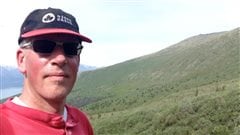
Professor Hik has just returned from Paris this week where he presented the findings from their research in Arctic countries to 1,600 scientists at the final conference leading up to the world climate talks in December.
The five-year study is one of the largest to date to look at vegetation changes in the Arctic and spanned 60 years by analyzing growth rings of shrubs.
The research was published recently in the science journal Nature Climate Change entitled “Climate sensitivity of shrub growth across the tundra biome”
The study shows global warming is allowing existing shrubs to grow taller and others to gradually move northward.
As the shrubs grow they reduce the albedo, or reflectivity of the otherwise relatively barren tundra, less solar heat is reflected back into space. The added ground and atmospheric warmth can in turn warm soil temperatures and add to permafrost melt. The latter can release eons of stored carbon and methane, adding to the warming.
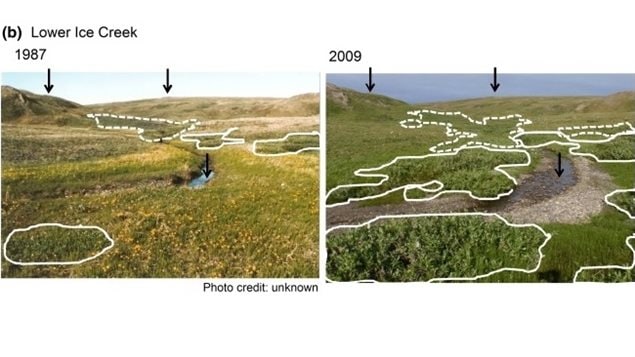
Professor Hik notes that as the vegetation changes it will also affect the animals adapted to the tundra ecosystem. Some species will be pushed further north, others will suffer, and other species not previously seen in the Arctic will begin to push in.

He notes there as the shrubs push north, the current tundra ecosystem will be pushed north but as there is a limit, it will become compressed into smaller areas, in some areas, eventually disappearing. He notes a similar scenario on mountain sides. Species of flora and fauna adapted to the cold at high elevations are also being pushed higher by warming, until there is nowhere left to go.
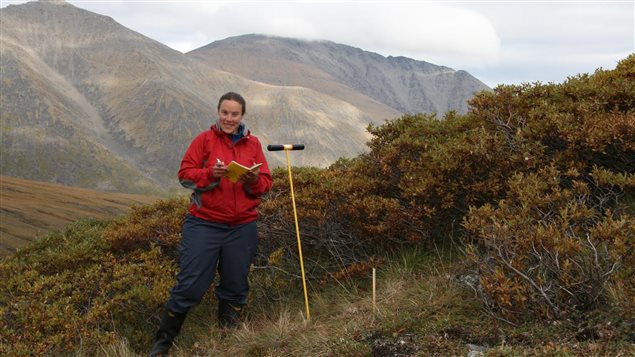
Isla Myers-Smith quoted in the University of Alberta news, says “Arctic shrub growth in the tundra is one of the most significant examples on Earth of the effect that climate change is having on ecosystems”.
She adds, “Our findings show there is a lot of variation across this landscape. Understanding this should help improve predictions of climate change impacts across the tundra.”
Myers-Smith created the Shrub Hub as a portal for researchers to share research in Arctic vegetation and tundra ecosystems.
David Hik’s –Herbivory Network focuses Arctic and alpine herbivores and their interactions with plants and climate warming.
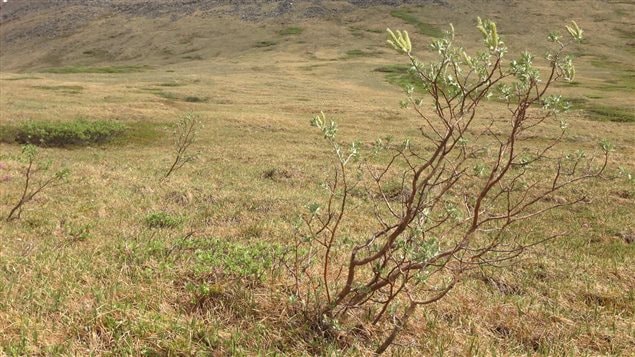
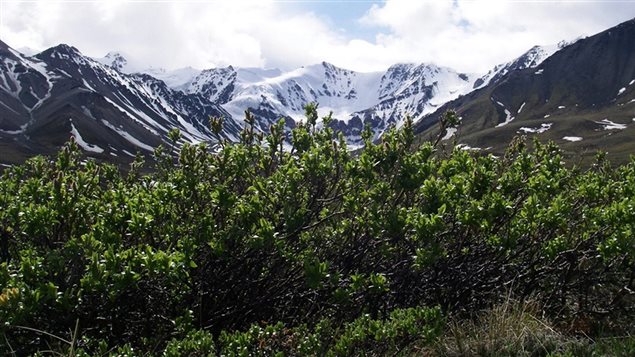






For reasons beyond our control, and for an undetermined period of time, our comment section is now closed. However, our social networks remain open to your contributions.